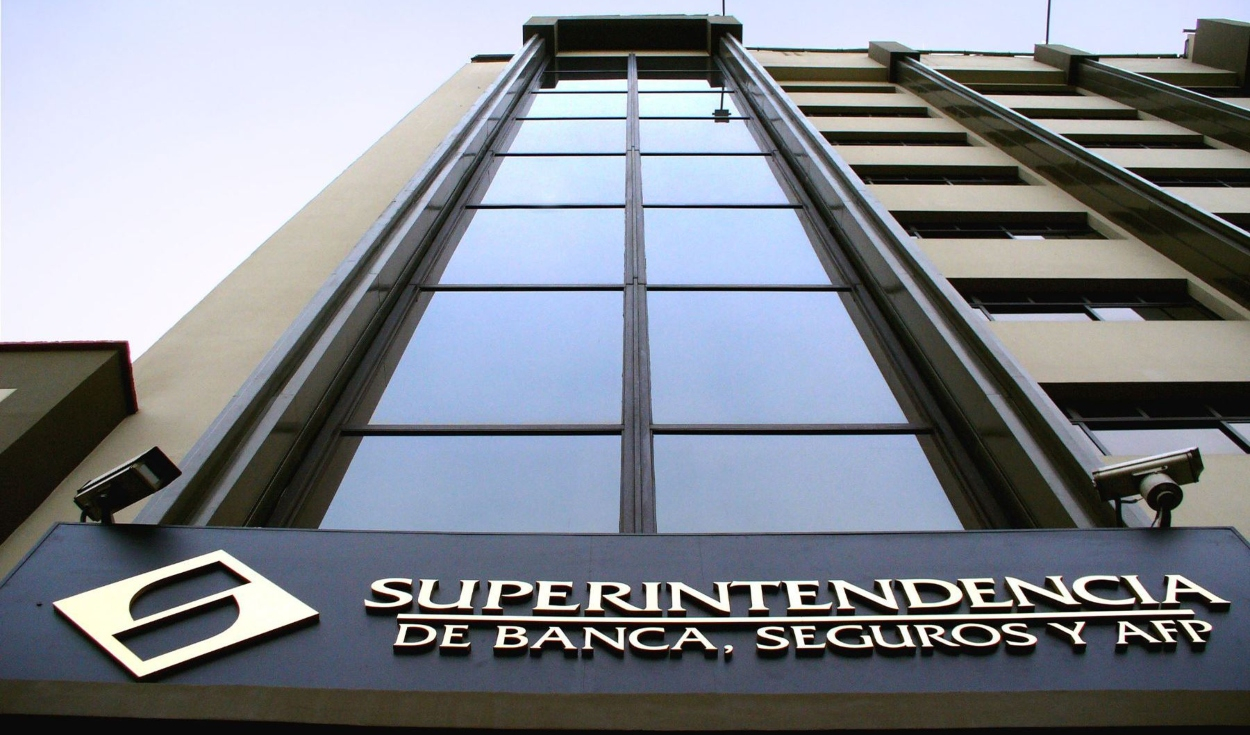
The Superintendency of Banking, Insurance and AFP (SBS) has updated the maximum amount of coverage of the Deposit Insurance Fund to S/121,500 for the period from June 2024 to August 2024, which represents a reduction of S/920 compared to the previous quarter, when the limit was S/122,420.
This measure guarantees that savings accounts, time deposits and credit accounts Compensation for Time of Service (CTS) in banks, finance companies, municipal savings and credit banks, and rural savings and credit banks continue to be protected above S/100,000, a coverage that has remained constant for more than five years, since June 2019. This protection is not applies to savings and credit cooperatives, thus ensuring the stability and confidence of depositors in the financial system.
Deposit Insurance Fund: what is the importance?
This support allows savers to recover their money, including the interest generated, up to the maximum amount indicated in the event of bankruptcy of any of the insured financial entities. A concrete example is the intervention in Caja Raíz, when the SBS ordered its dissolution on Friday, August 11, 2023, and on Tuesday, August 15, the Deposit Insurance Fund (FSD) began returning the money to savers, covering the entire savings of 96.3% of the entity’s clients.
It is important to highlight that this “insurance” is free for depositors, is activated automatically without the need for prior registration and applies independently for each entity. This means that a person could have S/120,000 in a bank and S/120,000 in a box and would be covered by the FSD in both institutions, providing additional security for the deposited funds.
What entities are covered by the FSD?
To date, there are a total of 41 financial institutions that have an active Deposit Insurance Fund:
• 16 banks: BCP, BBVA, Scotibank, Interbank, Falabella, Ripley, Mibanco, BanBif, Pichincha, GNB, Bancom, Alfin, Citibank, Santander, ICBC and Bank of China.
• 8 financial: Crediscotia, Compartamos, Confianza, Oh!, Effective, Credinka, Proempresa and Qapaq
• 12 municipal savings banks: Arequipa, Piura, Huancayo, Cusco, Sullana, Trujillo, Ica, Tacna, Maynas, Lima, Del Santa and Paita
• 5 rural boxes: Cencosud Scotia, Los Andes, Prymera, Del Centro and Incasur
On the other hand, if a new financial entity enters Peru, it will not have this coverage until it completes 24 months of contribution, as is currently the case with the BCI, which began operating in the country only in mid-2022.
What is the function of the SBS?
The Superintendency of Banking, Insurance and AFP (SBS) is the entity in charge of regulating and supervising the financial, insurance, private pension and savings and credit cooperative systems in Peru. Furthermore, it has the crucial responsibility of preventing and detecting money laundering and terrorist financing.
This body plays a fundamental role in the stability and confidence of the national financial system, ensuring that institutions comply with current regulations and operate in a safe and transparent manner. Through SBS shares, savers can rest easy knowing that their money is protected. This support is especially relevant in bankruptcy cases, as it allows the recovery of deposited funds, including interest earned, up to the maximum insured amount.
Source: Larepublica
Alia is a professional author and journalist, working at 247 news agency. She writes on various topics from economy news to general interest pieces, providing readers with relevant and informative content. With years of experience, she brings a unique perspective and in-depth analysis to her work.












